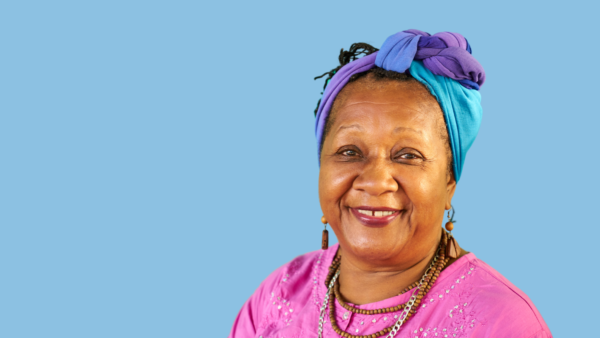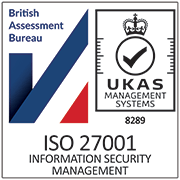Hi, my name is Dr. Paul Brewerton, the Strengths Guy, Doctor of Organisational Psychology and Founder and Chair of Strengthscope. And I am very excited today to have on the show one of Strengthscope’s wonderful training team, it’s training consultant, Claire Graham.
I’m really excited about what we’re going to talk about today. It’s some quite frankly, rather marvelous research that you and the team have done looking at how to make strengths stick. You know, it’s this idea that you may be introduced to strengths and it seemed like a really good idea. And then you do a profile and you get your feedback back, and you’re like, wow, I feel seen. I feel like this is me.
But actually there’s a risk that that can just go back in the drawer, because we live in a world which is awash with negativity bias. So actually how do we make strengths stick over time? And the approach that you took with this, you and the team took with this was to use strengths journaling. But that is just part of the story and I think this is important. So just a little bit of background.
To really land and embed strengths, there’s been some really sound research done summarized by Maureen Miglianico and her colleagues in 2020 in their paper, Strengths Used in the Workplace. And I talked about that on a previous podcast, that’s at season 17, episode five and it’s called ‘Research alert: how to get the most from strengths at work, the evidence’.
So quick summary here, what they found is that to get a real kind of positive take up of strengths and good outcomes from the approach, you need to follow five steps. So the first is you need to understand what strengths are and aren’t. The second is you need to identify your strengths, usually using a strengths assessment. Then you really need to internalize them and own them like, integrate them into the way you see yourself.
And at that point, you then take action. So how are you going to be intentional in using your strengths and how’s that going to show up differently from what you’re doing today? And then finally, you know, how did it, did it work evaluating the strengths and whether they’ve helped you?
So what we’re going to cover today, is what we did and why, which I’ve sort of touched on, but I think there’s more to it. Who did we do it with? How long did it take? What did we find out? What were the results? And then what we recommend, practically speaking, from our findings. So, you know, for people who are strength practitioners or people who are strength interested, what can they take from this?
- I’d like to hear from you and we would like to hear from you. So please could you give us some of your backstory and your journey with strengths so far.
- Now let’s get to the research. The first thing I said that we’ll talk about is what we did and the reason behind that.
- What did the participants do? What was the kind of cadence of it or the process that they followed?
- Who was it who you approached? You said that you kind of advertised this, people made the choice that they wanted to participate. What was the sample? As they say in the world of research.
- Okay, so you mentioned just now results. So what did happen? What did you find?
- So anything else on, I don’t know, more the feedback that you had from people, like I mentioned it earlier, you know, what did they say about it? In addition to these outcomes, what was the experience like for them?
Our research is available to download, if you want to get a copy, click here.













